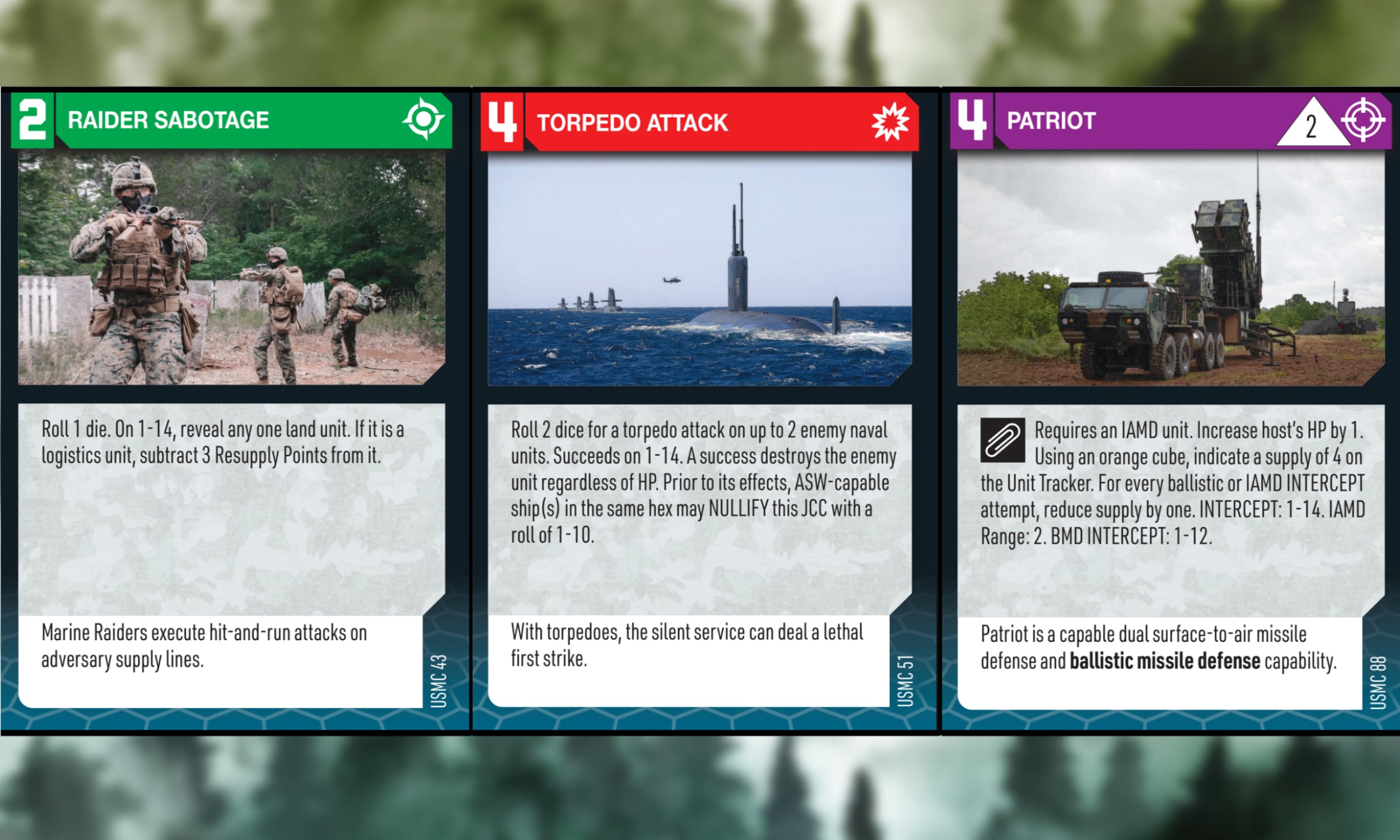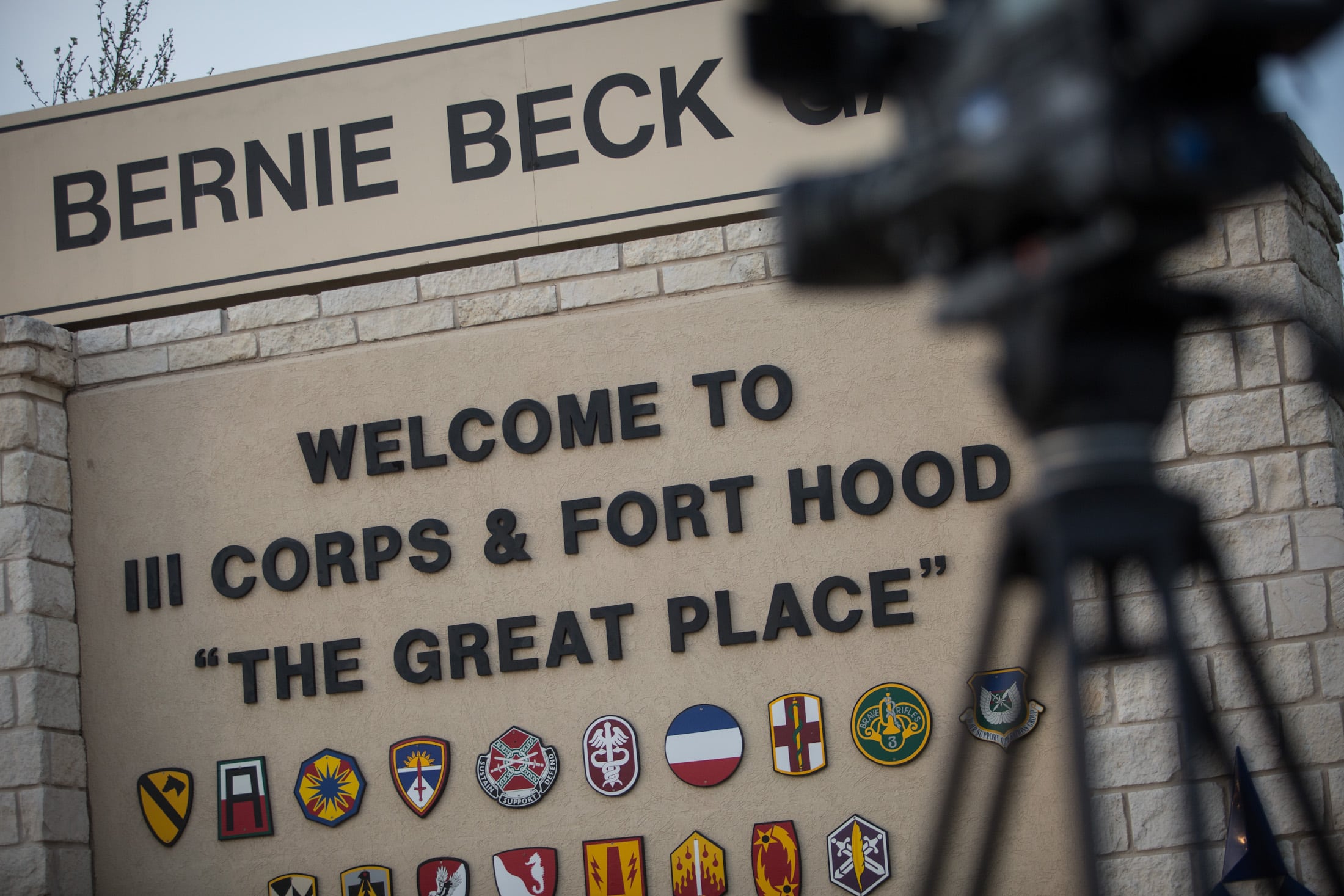As NATO prepares for a potential Russian invasion of the Baltic region, there are many questions. In an era of drones, hypersonic missiles and kill chains, how might combat go amid the fields, forests and islands of the area?
Some answers may be found in a new tabletop wargame. “Littoral Commander: The Baltic” isn’t just used by the military as a training tool. Civilians can also purchase it online and play it on their kitchen table.
The game depicts a Russian invasion of the Baltic region around 2030. In addition to the Baltic states, the 11 scenarios in the game include a Russian landing to seize the Swedish island of Gotland, an offensive launched from the Russian enclave of Kaliningrad and missile-equipped U.S. Marines attempting to stop Russian warships from breaking out of the Baltic to hunt convoys in the Atlantic. There is even a humanitarian scenario where the U.S. has to evacuate civilians while Russia tries to disrupt the operation.
The American side features the U.S. Marine Corps and Navy, with some forces from the Army. They square off against Russian naval infantry, VDV airborne troops and the ships of the Baltic Fleet.
Platoons — represented by cardboard pieces on the map — are rated for firepower, range and speed. The American forces include a plethora of types: Marine infantry, amphibious combat vehicles, Army HIMARS rockets, M1 Abrams tanks, Stryker armored reconnaissance vehicles, Typhon long-range missiles, air defense and logistics units, as well as U.S. Navy destroyers and amphibious assault ships. Russian forces include naval infantry, T-90 tanks, self-propelled howitzers, mortars and multiple rocket launchers, paratroopers and airborne artillery, air defense and logistics, plus cruisers, destroyers, frigates and amphibious ships.
However, the heart of the game are the 277 “Joint Capability” cards, an abstract representation of the myriad force multipliers available to modern armies. By spending a limited pool of “Command Points” to buy cards from either a U.S. or Russian card deck, each side assembles a customized array of support forces. Players can choose from a wide variety of capabilities, including B-52 and Tu-22 bomber strikes, naval gunfire, special forces raids, drone strikes, laser air defenses, cyber warfare, psyops and electronic warfare (there’s even a “Public Affairs Officer” card).
“The cards feature a wide range of future, near-future and present-day capabilities to allow players to experiment and explore what capabilities can contribute to different scenarios,” Sebastian Bae, designer of “Littoral Commander,” told Defense News.
During a turn, players alternate taking actions such as movement, initiating combat and resupply. Their goal is to amass the most “Victory Points,” gained through destroying enemy units or capturing territory.

The key to winning “Littoral Commander” can be summed as: “What can be seen can be destroyed, so don’t be seen.” The fog of war always hovers over the game, with combat units on the map flipped upside down, so the enemy doesn’t know whether they are an infantry unit, an artillery battery, a frigate — or just a decoy.
“Littoral Commander” resembles a game of hide-and-seek. Both sides use ground troops and reconnaissance assets to detect and identify enemy forces, while trying to screen friendly forces from enemy detection. Once an enemy unit is located, it can be targeted by long-range fires such as artillery, missiles, aircraft and drones. Meanwhile, the target attempts to break contact and become concealed again.
The game illustrates a dilemma amply demonstrated in the Ukraine war. To destroy the enemy with firepower means having to open fire. But firing on the enemy means losing concealment, which leaves the firing unit vulnerable to a counterstrike.
Bae’s goal was to illustrate the interlocking dynamics of the modern kill chain. For example, the U.S. might have a task force of face-down ship counters in the Baltic, exact type unknown (are they frigates, destroyers or decoys?). Russia plays a drone or satellite card to detect them, and rolls dice: If successful, the ships are revealed and can be attacked by long-range missiles. But the U.S. can respond with a cyber warfare card to disrupt the attack.
“Players must play this cat and mouse game where each side is seeking to establish all sensing and fires superiority,” explained Bae, a Marine veteran and Iraq War veteran who now designs wargames for the Center for Naval Analyses think tank. “Exploring when they must fight, when they have to conceal themselves and how they deploy effects against the enemy.”
Compounding the problem is that the U.S. and Russian forces have limited stockpiles of guided munitions, such as artillery shells, cruise missiles and — perhaps most importantly — air and missile defense interceptors. This puts a premium on judicious target selection.
And if battlefield problems aren’t enough, “Littoral Commander” players must also deal with public opinion. The game includes an “Influence Meter” that awards players additional resources for destroying enemy units and capturing key terrain — or rewards the enemy if you bombard urban areas (this is where the PAO card comes in handy).
“Littoral Commander: The Baltic” is actually the second game in the series, following “Littoral Commander: Indo Pacific,” which covered a U.S.-China conflict over Taiwan and the Philippines. The games have been used by U.S. military staff colleges, U.S. Marine tactical units, the British and Australian armies, the Bundeswehr, the Philippines Marine Corps and others.
“Littoral Commander: Australia” is scheduled for publication this year, and further expansions to include NATO and Japanese forces are planned.
In the end, the goal of “Littoral Commander” is to “help civilians imagine the challenges and requirements of a Baltic conflict and what that means,” Bae said. “And also to help military leaders to be better prepared to make hard choices in uncertain battlefields if the balloon ever goes up.”
Michael Peck is a correspondent for Defense News and a columnist for the Center for European Policy Analysis. He holds an M.A. in political science from Rutgers University. Find him on X at @Mipeck1. His email is mikedefense1@gmail.com.




